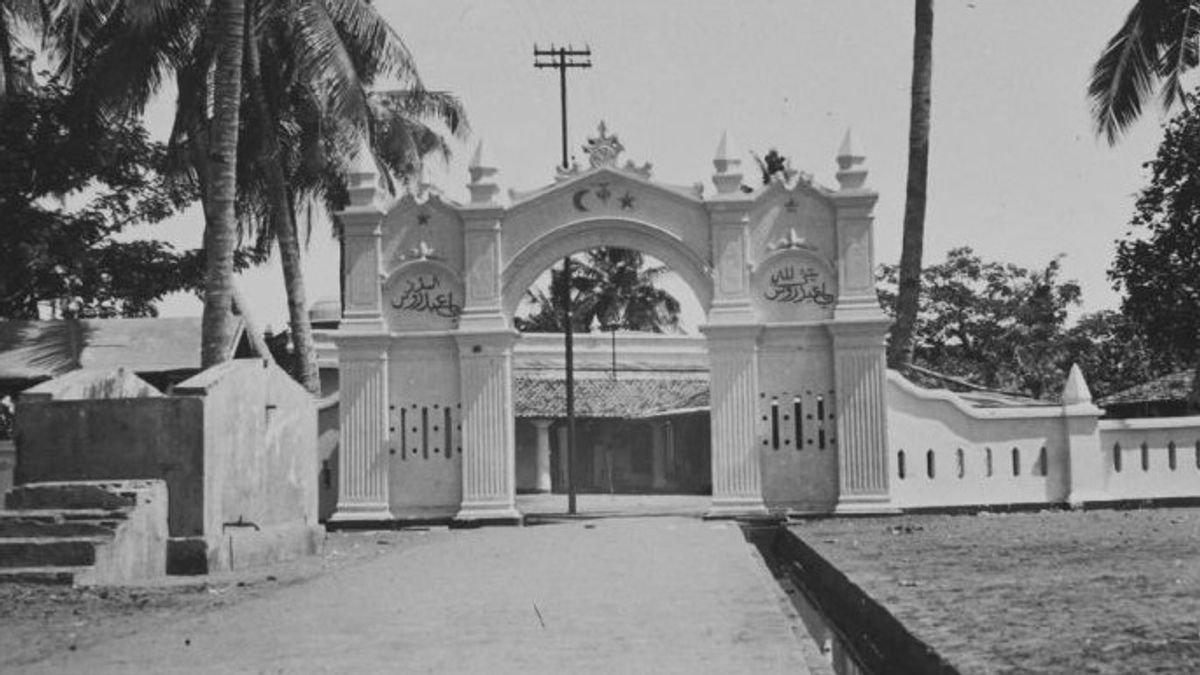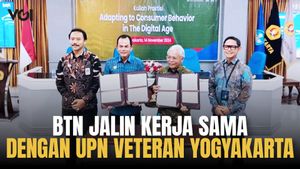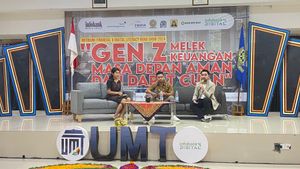JAKARTA - The Bumiputra can't just let go of the ancestral traditions of the nation. The life behavior of the nation's ancestors was adapted from generation to generation. Pilgrimage to sacred graves, for example. The tradition of visiting the grave is the mainstay of the Bumiputras to get blessings. In fact, since the Dutch colonial period.
In Batavia (now: Jakarta) moreover. The purpose of the pilgrimage varies. From asking for fortune to getting promoted. Therefore, the grave pilgrimage has become a popular tourist attraction in the style of Batavia that is never lonely.
The Dutch East Indies colonial government never interfered with the pilgrimage activities of sacred graves. The owner of the government understands that the grave pilgrimage is a hereditary activity. Moreover, the majority of local customs and religions allow it. Prohibiting this activity is the same as fighting the entire archipelago. And the Dutch will not dare to take the risk.
Since then the Netherlands has supported the pilgrimage of sacred tombs. After all, the pilgrimage agenda is profitable. Inviting a large turnover of money as well. In Batavia, for example. The fertility of pilgrims is a promising domino effect. Providers of transportation services, traders, heirs of the tomb, to beggars splashed with profit.

There is not only one sacred tomb in Batavia. Aliases vary in number. In fact, pilgrimages are not merely a 'monopoly' of sacred tombs. Ancient objects that are considered sacred are also often visited. The Si Jagur cannon which was then lying around Kota Intan (Old Town) is the top example. A cannon that is believed to give offspring.
The tomb and the object are considered to have supernatural powers that are second to none. Trust then develops through word of mouth. The advisor for the native affairs of the Dutch envoy, Snouck Hurgronje, confirmed this. According to him, the bumiputras can freely pray and ask for anything at the sacred tomb. The suggestions are often positive and make the pilgrimage activity last.
"If there is an inhabitant of a sacred grave among them (Arabs), then they will pray in that grave for his safety, in order to get his help and intercession. Meanwhile, they sometimes hold prayers that have a lot of religious characteristics. On the other hand, the natives are superstitious that the sacred grave is a sacred shrine that can be asked for help and healing, asked for promotion, and blessings in marriage."
“The sacredness can fulfill all the wishes of the people who are gifted, as long as they express their sincerity with donations. Although Arabs should denounce such assumptions, and not allow Chinese, Indo-Europeans, and so on to pollute the place by making daily pilgrimages, they instead encourage this practice to increase the income of the sacred place, “said Snouck Hurgronje in the book Advice. - Advice C. Snouck Hurgronje During His Service to the Government of the Netherlands East Indies 1889-1936 (1994).
Popular TravelThe pilgrimage to sacred graves has become a famous tourist attraction. Many people are curious about the atmosphere and rituals performed at the sacred tomb. Europeans, for one. The white gentlemen often had time to visit the sacred tomb. such as the Luar Batang Mosque.
A visit to the Luar Batang Mosque at that time was as busy as a visit to Mariam Si Jagur. Visitors usually from various regions come to see and ask for something. Some of the visitors who came were Europeans themselves. Of course they come with a special guide.
A Dutch soldier from Amsterdam, HCC Clockener Brousson, has even visited the two: the Si Jagur Cannon and the tomb of the ulama at the Luar Batang Mosque. He who came to Batavia in the early 20th century, felt that the pilgrimage tradition had its own uniqueness. He enjoys the ritual of pilgrimage to the sacred tomb.

The pilgrimage experience was his first experience in life. He saw firsthand people from various ethnic groups flocking to Cannon Si Jagur to have children. While he also saw firsthand the ritual of visiting the sacred tomb in Kampung Luar Batang.
“Finally Abdulah (the guide) took us to a big place of worship for Muslims. Located in a place called Luar Batang. A building was open and at that time several hajjis were praying. Abdullah said everything can be arranged. We were allowed to enter the sacred (tomb), but first we had to take off our shoes. It was the most revered place for Muslims in the Indies. The whole building is covered, just like a synagogue for the Israelites.”
“Outside, on a small road leading to the building, stood a lot of dirty beggars. Thin men with ulcers and some blind people. They lined up neatly just like soldiers. And they greeted us at once with a melodious chorus: you ask for money, sir. We follow what Abdullah did by giving each beggar one penny,” concluded HCC Clockener Brousson in his book Batavia Early 20th Century (2017).
The English, Chinese, Japanese, Arabic, and French versions are automatically generated by the AI. So there may still be inaccuracies in translating, please always see Indonesian as our main language. (system supported by DigitalSiber.id)













